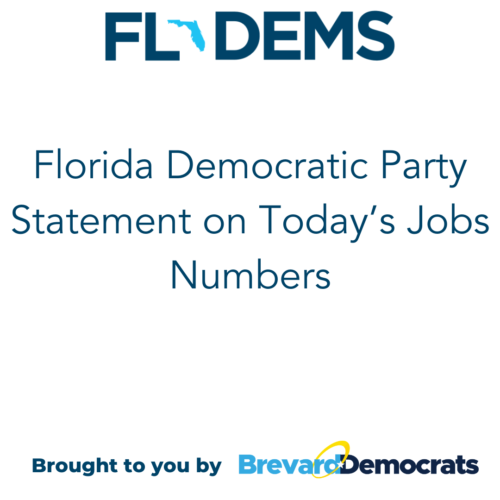Benefits of Low Unemployment in the U.S. Unveiled
The US Labor Department’s December jobs report illustrates a positive 2023 work landscape. With an addition of 2.7 million jobs during the year, non-farm employment reached 157.2 million. This represents a substantial increase of about 14.3 million people since Joe Biden took office in January, 2021.
The big stimulus package passed at the start of the Biden Administration significantly contributed to this recovery. It boosted demand and sped up the recuperation from the pandemic in the labor market. The benefits of strong job creation and low unemployment rates extend beyond political mileage. They play a significant role in enhancing the wellbeing of numerous Americans, including those in need.
Maintaining a low jobless rate and tight labor markets insures that most Americans who want a job have one. Since the beginning of the pandemic, the labor force has increased by more than three million. People who were previously unemployed are now working or looking for work. As of now, the labor-force-participation rate among prime-age workers is higher than before the pandemic, standing at 83.2 percent.
Low unemployment levels also benefit disadvantaged groups. In 2023, the average unemployment rate among Black workers was 5.5 percent, the lowest since record-keeping began. A tight labor market has also increased employment opportunities for Americans with disabilities.
Another advantage of low unemployment is the potential for wage growth, especially for lower-income workers. The scarcity of jobs creates competition for even low-wage positions. But when employers struggle to find workers, they raise their wage offers. Consequently, workers near the bottom of the income distribution have seen faster wage growth since 2021 than those near the middle or top. This wage increase has reversed about forty percent of the rise in wage inequality from 1980 to 2020.
The Federal Reserve has maintained low inflation and jobless rates over the past eighteen months. As they consider their approach for 2024, it’s critical to consider the importance of a tight labor market and its positive impacts.
